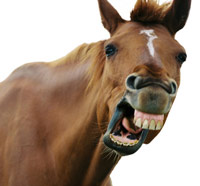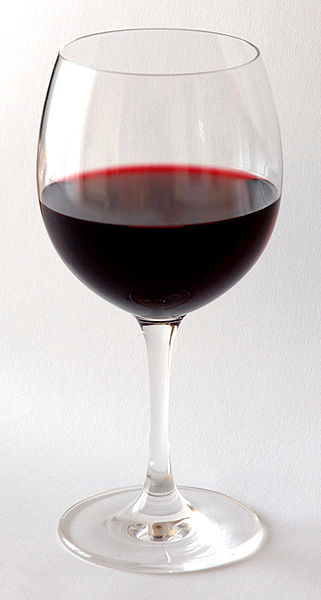 Though much of the emphasis of wine tasting is placed on scent and taste, appearance has an important part to play, too. Like being able to tell the age of a horse by studying the appearance of its teeth (their shape, number of permanent teeth, angles of incidence, and disappearance of cups), visually evaluating a wine is equally informative. A wine’s appearance allows one to estimate its actual age, quality, and purity. Similar the four ways used to examine a horse’s teeth, there are things to look for when examining wine.
Though much of the emphasis of wine tasting is placed on scent and taste, appearance has an important part to play, too. Like being able to tell the age of a horse by studying the appearance of its teeth (their shape, number of permanent teeth, angles of incidence, and disappearance of cups), visually evaluating a wine is equally informative. A wine’s appearance allows one to estimate its actual age, quality, and purity. Similar the four ways used to examine a horse’s teeth, there are things to look for when examining wine.
 Image courtesty of wikipedia
Image courtesty of wikipedia
Among them are color, clarity, brightness. A wine’s color changes as the wine ages. Older reds appear somewhat tawny, while younger reds are more robust, sometimes with a subtle hint of blue. Sweet white wines initially look crisply golden, but take on more brown over time. Dry whites appear very clear at birth, but don a darker, amber shade with age. As a given, the clearer a wine appears the fewer deposits or particles it has. (Clear wines are ideal, and decanting is not as necessary--though often recommended, depending on the circumstances.) Lastly, the brightness of a wine denotes its energy and acidity. A shockingly bright wine is a young wine, a somewhat-bright wine has reached a nice maturity, and a lackluster wine has passed its prime. While you shouldn’t “look a gift horse in the mouth,” examining your wine for visual clues about its age and personality is not a bad idea.

 Though much of the emphasis of
Though much of the emphasis of  Image courtesty of wikipedia
Image courtesty of wikipedia